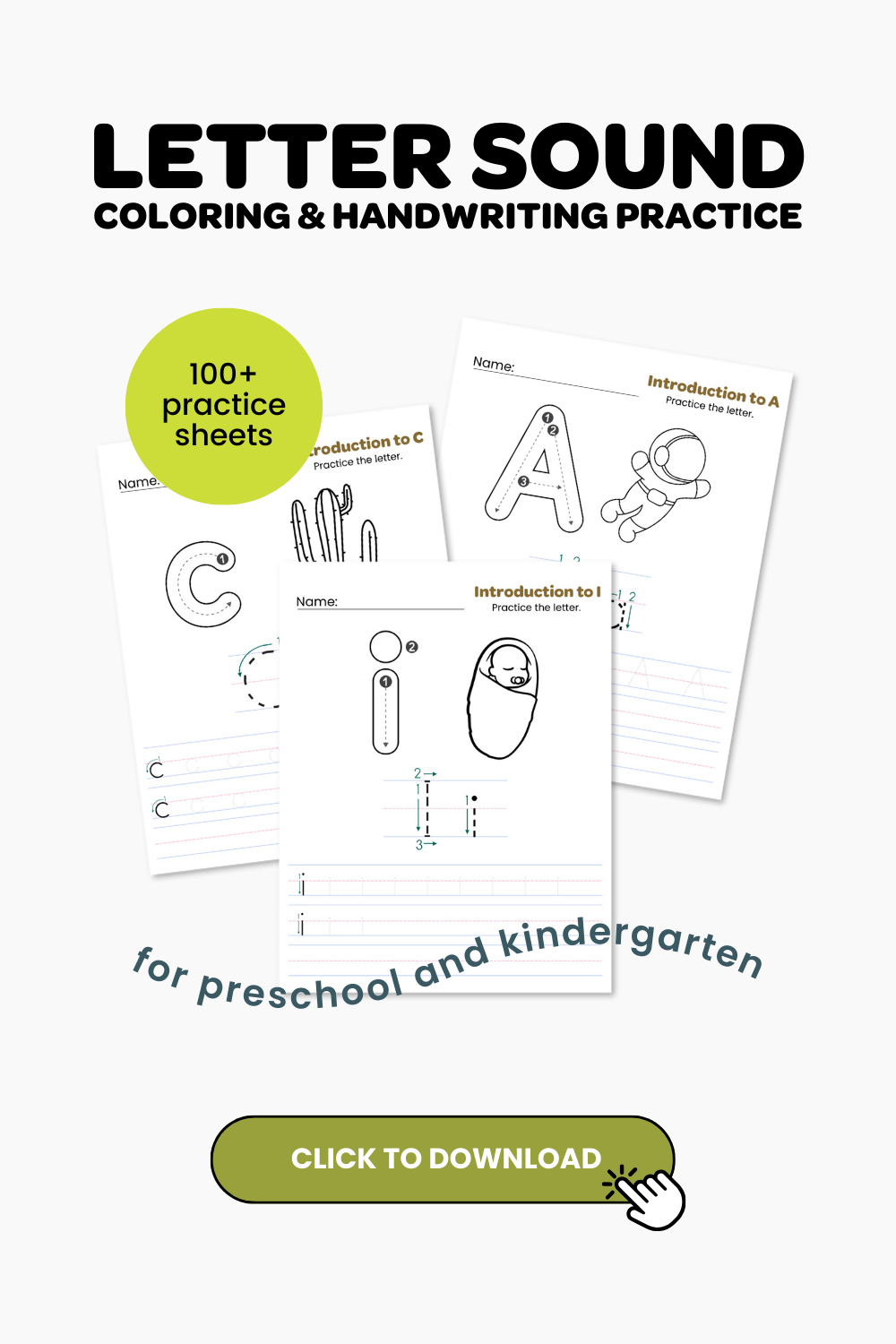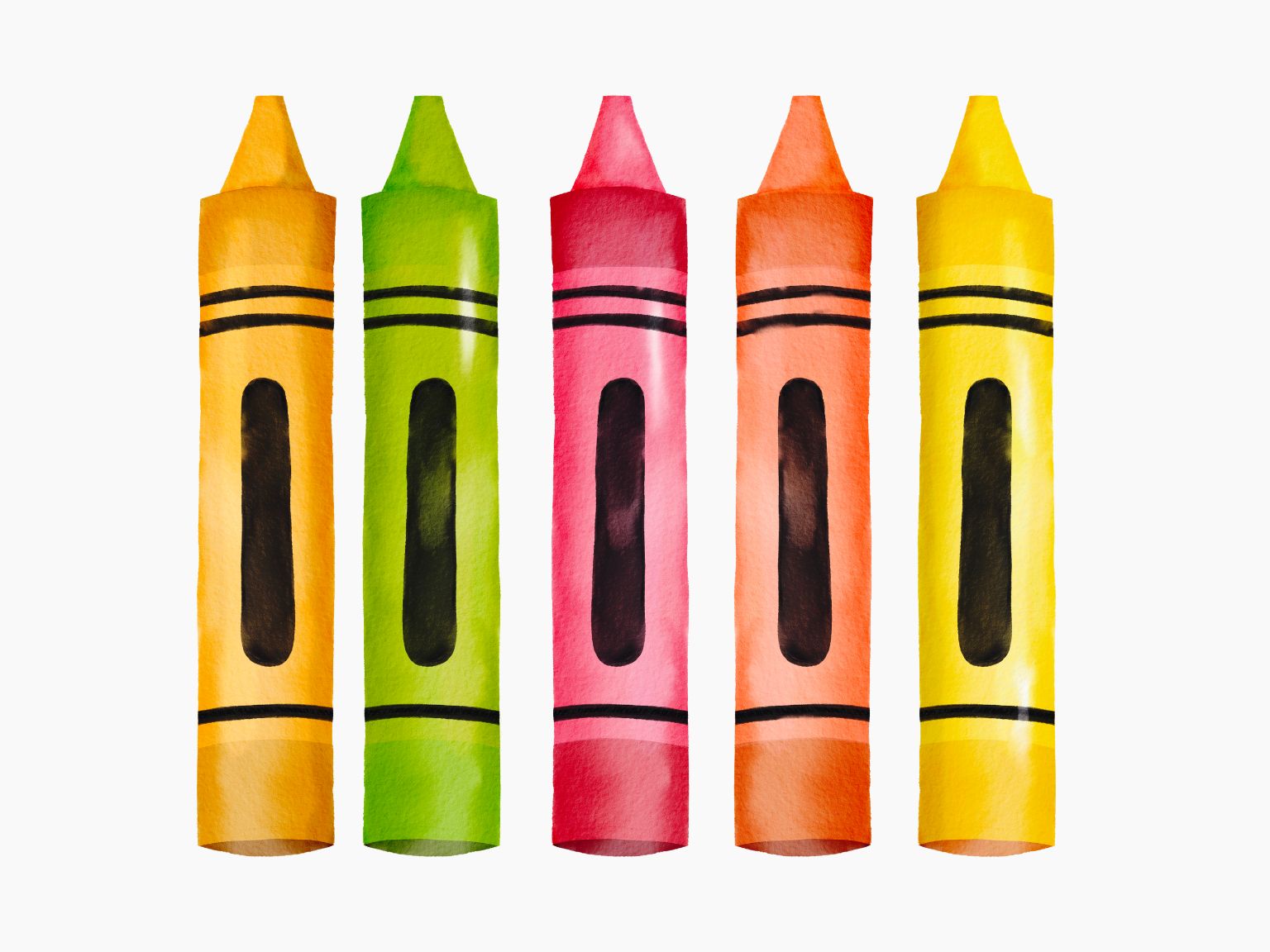Hidden Benefits of Coloring
Coloring is one of those activities that may seem simple on the surface, but it’s incredibly powerful for young children. Whether it’s filling in the shapes of animals or coloring in letters, this activity lays the groundwork for important skills like fine motor control and letter recognition. If you’re homeschooling a young child or just starting out with early literacy, you may be surprised at how beneficial coloring can be before diving into writing and reading. Let’s take a closer look at how coloring plays a role in developing the foundational skills needed for later literacy, and how it ties nicely into learning the alphabet.
Building Fine Motor Skills
Coloring Strengthens Hand Muscles
When a young person picks up any writing utensil they are setting the foundation for multiple aspects of their development. Coloring requires control of their crayon or marker, strengthening the small muscles in a child’s hands, fingers and wrist. These fine motor skills are crucial fro everything from eventually holding their pencil to forming letters and words as they write.
To support the development of the fine motor muscles provide your little learner with variation in coloring tools and encourage them to color within the lines. As they grow older provide them with more intricate coloring opportunities. I have also found that some kiddos similarly enjoy mazes. Find some at your child’s level and utilize this as another form of fine motor practice.
Coloring Promotes Pencil Grip
It is plain to see that crayon or marker grip is very close to pencil grip so I won’t ramble on, similar action practice will yield similar results. A proper pencil grip is foundational for writing neatly and legibly. Coloring provides opportunities for your child to develop and refine their grip before they start tracing lines, shapes, and letters.
Letter Recognition Through Coloring
Engaging With the ABC’s
Interactive assignments are often very beneficial for anyone learning something new. Coloring pages featuring letters and objects corresponding to the letter sound (A sound for apple, B sound for bear, C sound for car) naturally promote letter recognition—and introduce written language in the process. This easy activity helps children connect the written form of the letter with the sound and image of an object that starts with it. As they color (or for us, right before she gets started) point out the letter as you say it’s name and sound to reinforce the connection between visual and auditory learning. My daughter also liked to trace the letter with her finger before coloring it in.
Related Post: Simplifying Handwriting for Pre-Readers
Familiarity & Repetition
The more exposure you can give your child to the letters of the alphabet, the more likely they will remember them. Coloring allows just one more enjoyable and low-pressure avenue for your little learner to engage with letters at their own pace.
Coloring as a Pre-Writing Activity
Before children start tracing letters, they need to develop both their hand-eye coordination and spatial awareness. Coloring helps with these skills in that it requires children to focus on staying within the lines, following shapes, and practicing refined control of their limbs and movements.
One they have begun building up these crucial skills and muscles, they can start moving towards tracing. Tracing will then allow them to further apply their fine motor abilities to a more structured activity—incrementally moving up their challenges to suit their skill level.
Incorporating Coloring Into a Daily Routine
As I’ve said before, we use coloring as a warm-up before beginning any handwriting practices. There is more buy-in from my kiddo if she get’s the chance to warm her muscles up doing something she enjoys, and in the worksheets I create for her, the coloring always related to the handwriting practice. Because she’s kind of already in the groove of sitting still and focusing on her work, she gradually moves from her coloring straight over into write the corresponding words or phrases.
The 5-Day Handwriting Challenge: Build Strong Foundations for Confident Writing
Try starting your own handwriting practices or lessons with a simple coloring activity (bonus points if it already features coloring in a letter) and then transition over to tracing as more focused work. This type of purposeful play can help bridge the gap between academics and creative expression, and might just be the push your little learner is looking for.
Building out my daughter’s worksheets has helped me hone in on an approach that now works well for both my babies, and their little friends as well. Kiddos love to color and you can take out some of the intimidating parts of writing if you can connect it to coloring fun. If you’re interested to see some of our worksheets you can check them out here to see more of how I make sure to offer coloring opportunities nearly every time we practice writing.
While coloring is a pastime, and helps to increase mood, it is also a powerful tool we can use to encourage our little learners in developing necessary skills. Literacy and fine motor skills will be essential to them for years. By integrating coloring into your child’s daily routine, you’ll be laying the foundation for their literacy journey.



Leave a Reply